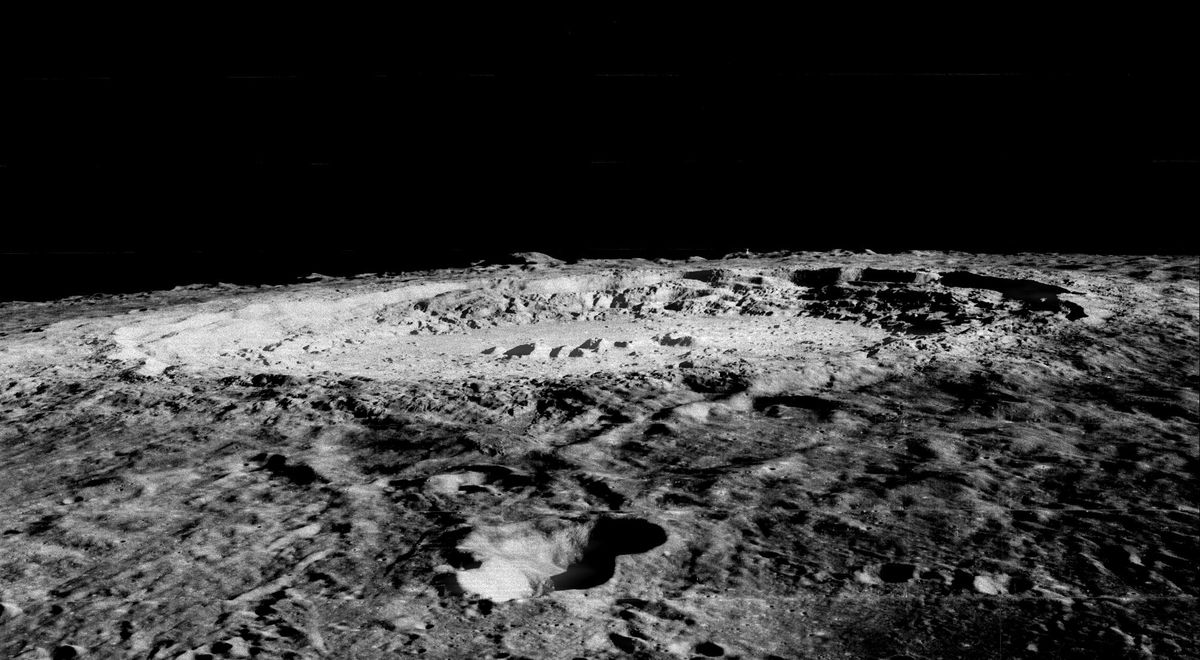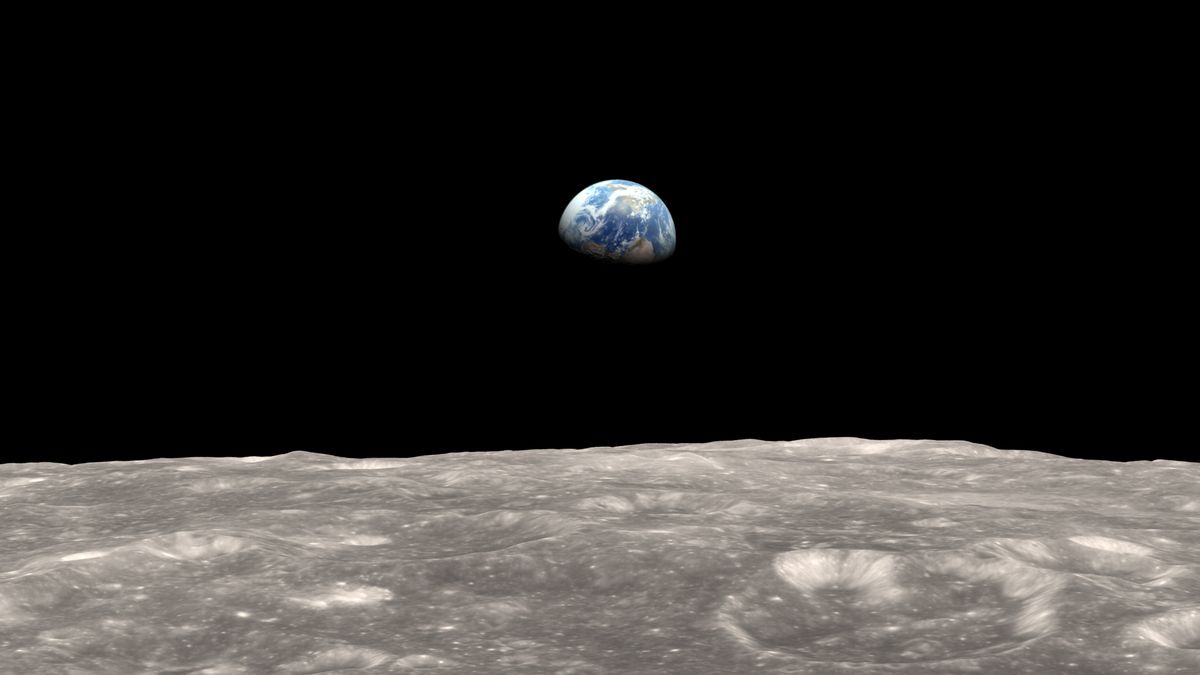The theory that similar chemical processes occurred during the collision of the Earth with another celestial body comparable to Mars in size — the Moon gradually formed from the debris – has long been discussed in science. The analysis conducted by Day and his colleagues showed similarities between trinitite and stones on the moon — both of these materials have lost unstable elements and contain almost (or not at all) water. Thus, the new work presents an argument in favor of the theory of the formation of the Moon as a result of a giant collision.
This hypothesis well explains why the Moon, unlike its neighbor, the Earth, observes very few volatile substances. According to the researchers, they could simply evaporate due to extremely high temperatures and pressure. However, it is difficult to verify this assumption, since scientists in the laboratory cannot reproduce the temperature or even the remote scale of such a process. However, there have been events on Earth that can serve as a model for planetary research: one of them is the Trinity nuclear bomb test conducted in 1945 in New Mexico, USA.
During the explosion, which was equivalent to approximately 21 kilotons of TNT, the sand on the nearby surface melted, turning into a thin layer of glass, or trinitite. He was exposed to temperatures over 8 thousand degrees Celsius and a pressure of about 80 thousand atmospheres. According to scientists, these conditions are close to those that arose during the formation of the Moon.

The authors studied the distribution of one volatile element, zinc, as well as its isotopes in the samples of trinitite. The researchers noticed that the closer Trinity was to the epicenter of the explosion, the less zinc and its light isotopes were contained in it. This is because they evaporated in the process. At the same time, heavier isotopes of zinc (66Zn) showed an inverse relationship — their concentration increased as they approached the point where the tests took place.
 Professor James Day from the University of California, San Diego, and his colleagues are investigating the chemical composition of green glass, known as trinitite, for the content of zinc and other unstable elements. Since the conditions at the epicenter of a nuclear explosion resemble those existing at the initial stage of the formation of the planet, this makes it possible to test some theory of the formation of the Moon. This is the subject of an article published in the journal Science Advances, the results are briefly retold by the university’s website.
Professor James Day from the University of California, San Diego, and his colleagues are investigating the chemical composition of green glass, known as trinitite, for the content of zinc and other unstable elements. Since the conditions at the epicenter of a nuclear explosion resemble those existing at the initial stage of the formation of the planet, this makes it possible to test some theory of the formation of the Moon. This is the subject of an article published in the journal Science Advances, the results are briefly retold by the university’s website.
On July 16, 1945, the first ever test of a nuclear bomb, called a Gadget, took place. As a result, quartz and feldspar melted and formed a new mineral. Now scientists have taken samples from depths from 10 to 250 meters, and compared them with samples taken at some distance from the epicenter of the explosion. It turned out that there were no unstable elements left in the samples from the epicenter, for example, zinc. Rather, it was, but in the composition of heavier isotopes (with the same chemical properties, but a different atomic mass).




































